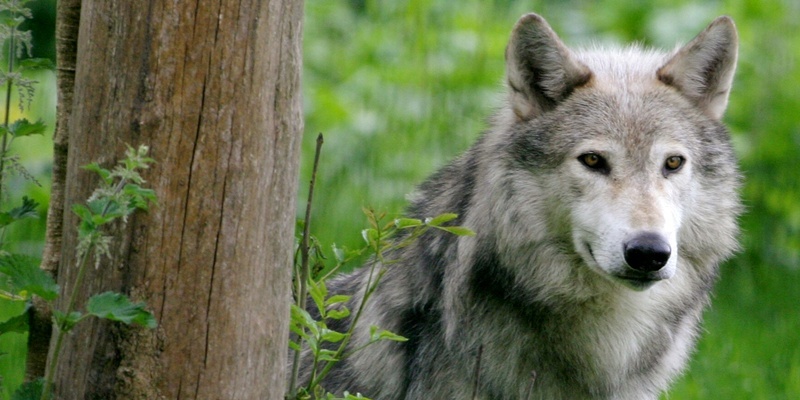One of Fife’s most popular attractions is celebrating achieving zoo status.
The Scottish Deer Centre, which lies just outside Cupar, has built up an enviable reputation over many years and has been accepted as a member of the British and Irish Association of Zoos and Aquariums (BIAZA).
It is a double celebration for staff, as it has also been named as the region’s best visitor attraction in a local competition.
Simon Loudon, head ranger at the deer centre, described the BIAZA accreditation as “momentous”.
He said: “BIAZA provides an international voice for British zoos and aquariums. Achieving membership recognises the important role the deer centre is playing in animal conservation and public education.
“It also opens up new opportunities for the attraction to become involved with international breeding and conservation programmes.”
The recognition was all the sweeter, as staff have been striving for BIAZA accreditation for many years.
Winning the title of Fife’s best visitor attraction in a competition run by a local radio station is being seen as the icing on the cake for staff at the Edinburgh Woollen Mill-owned centre.
“I cannot explain how delighted the deer centre staff are,” Mr Loudon said. “Being named best visitor attraction in Fife is a real achievement and gaining BIAZA membership after many years of hard work is an affirmation of the standards here.”
Mr Loudon said the designation would help the attraction realise its ambitions.
“We are already involved with a number of conservation and breeding programmes but want to participate in worldwide initiatives as much as we can,” he added.
The centre is home to not only 150 deer, but also countless wolves, birds of prey, Scottish wild cats, Soay sheep and otters. The animal mix shows the attraction’s desire to be home to deer and linked species, including their predators and animals that would share their natural habitat.
“In the past a zoo’s primary purpose was to entertain the public but this is no longer the case,” Mr Loudon said. “Our objectives are clear: conservation, education and research.
“This is why it is important to have a collection of animals that makes sense and helps to communicate a message to the visiting public.”
